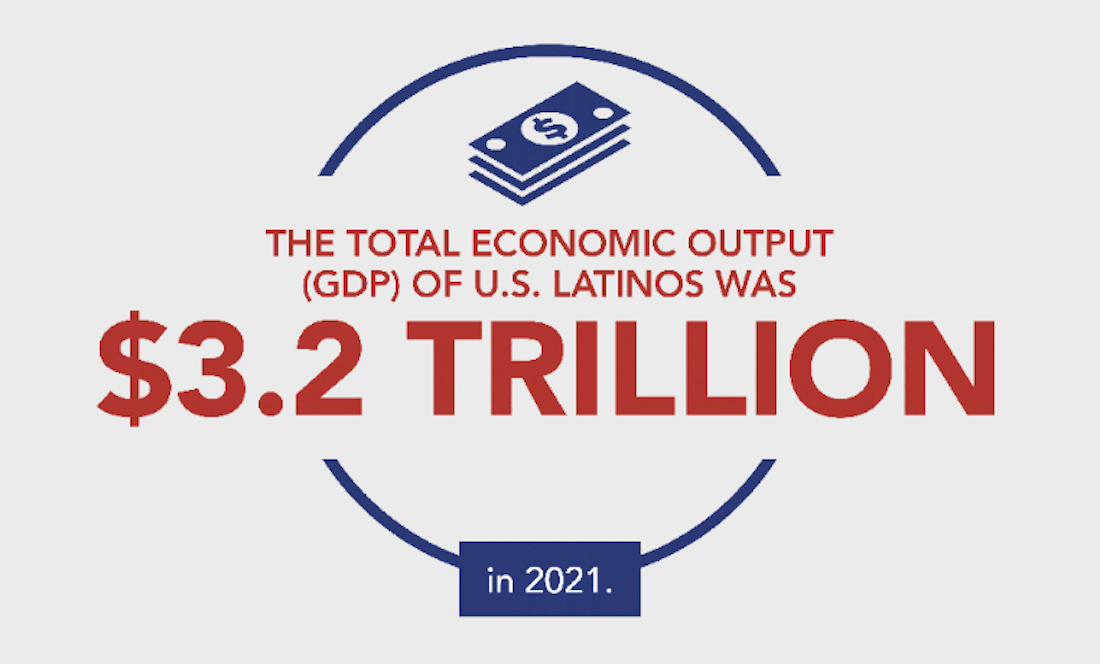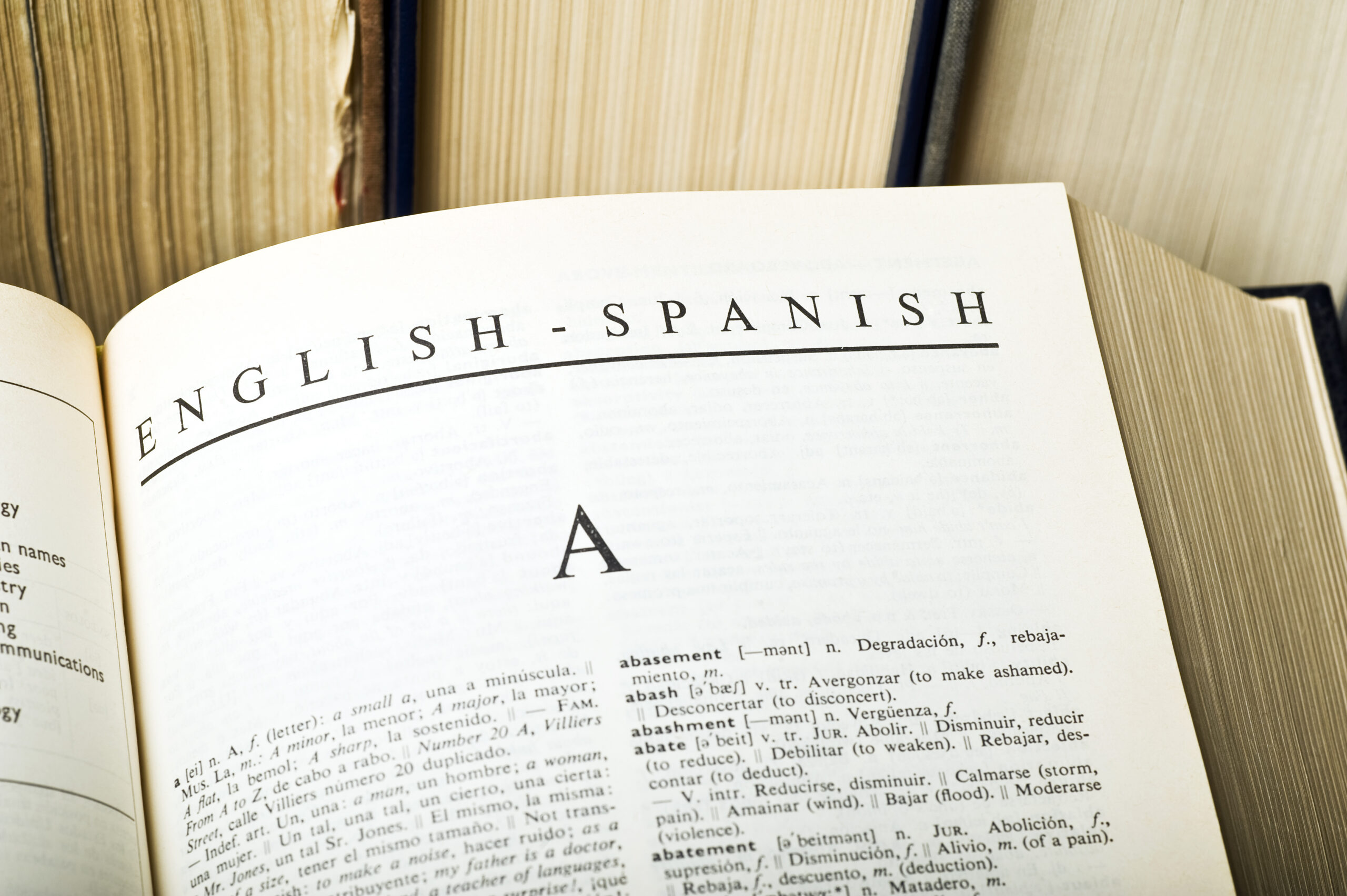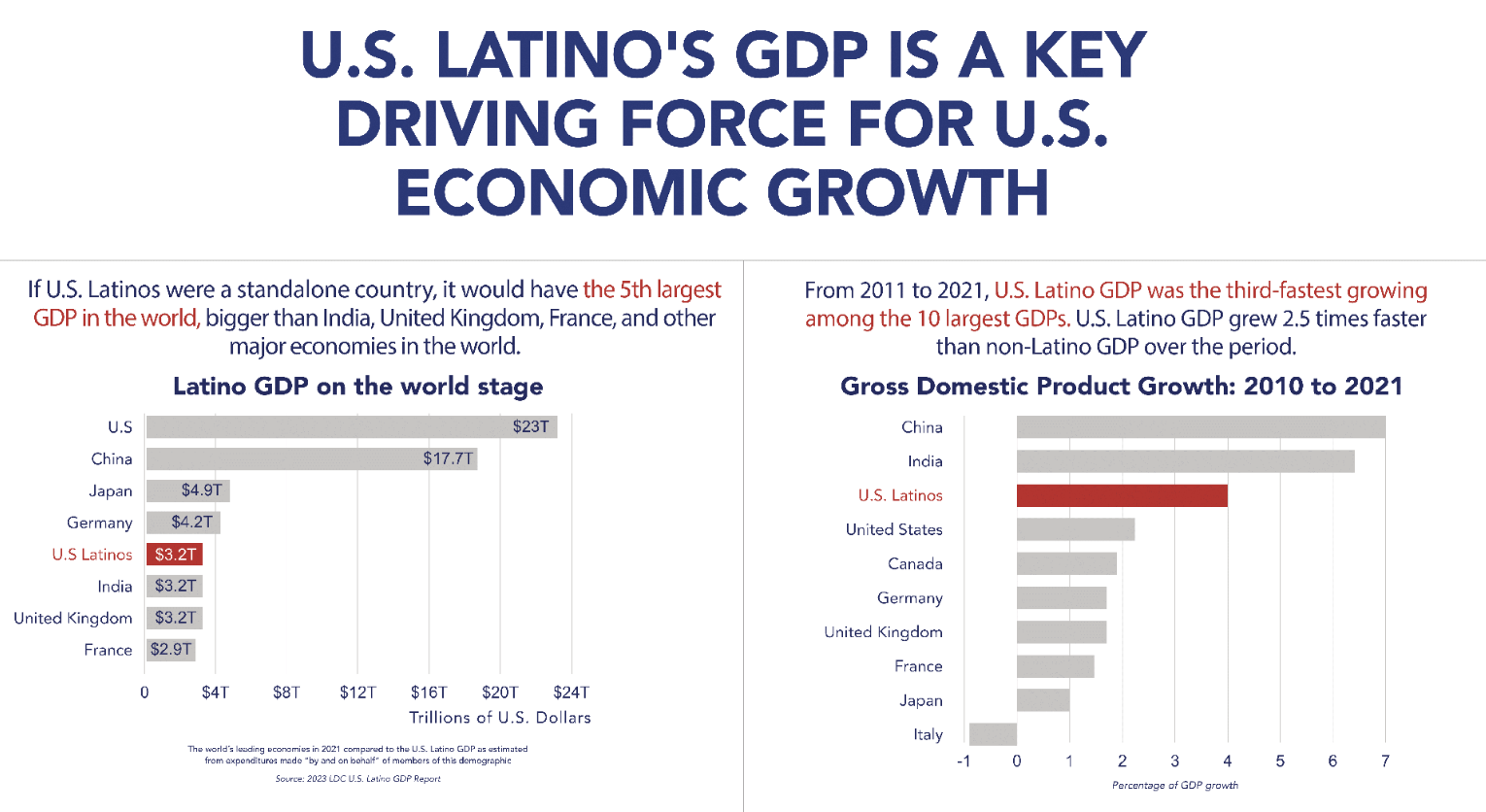
I like to think of National Hispanic Heritage Month—which I prefer to call Latine Heritage Month, but that's a whole other article—as a time when the nation as a whole can take a deliberate collective moment to reflect on, learn about, share, and celebrate the contributions of the people in the US whose ancestry can be traced to Latin American and Caribbean countries. The US government also includes those with Spanish ancestry.
More from MamásLatinas: The history behind the terms Hispanic, Latino, Latinx, Latine & why it matters
Unfortunately, far too often, this time is taken advantage of by brands to try to make money off of a community that they continue to misunderstand and therefore misrepresent. By continuing to market to what is now nearly 20% of the country's population with campaigns that reinforce tired and incorrect stereotypes, what these companies are doing is actually harmful because it further perpetuates these stereotypes among the general population.
I’m not saying all companies do it, of course not.

Some get it right. Like the ones who pay attention to Latino consumers all year long and not just from September 15 to October 15. Kudos to them. And I understand that we live in a capitalist nation and that since Latinos purchasing power is a hefty $3.2 trillion, it stands to reason that companies will take advantage of HHM to focus on getting some of that money funneled their way, but the audacity of ignoring Latinos for 11 months and then making a big stereotypical fuss for a month is ick to the max.
Hello, we may all be Latinos, but we are not all the same.

There are 33 Latin American countries in the world—plus Spain, if, like the US government, you are including it in the celebration. Stop marketing to us like we are all the same. For example, putting up graphics or decorations that are specifically Mexican and calling it a day excludes all the cultures that are not Mexican. Just sayin'.
Stop assuming most Latinos are immigrants.

Believe it or not, two-thirds of all Latinos living in the US were born in the US. In other words, only one-third of Latinos in the country are immigrants. That's not to say that immigrants aren't a large, important, and thriving part of the community, but they are not the majority.
We don’t all speak Spanish.

In 2021, 72% of US Hispanics 5 years old and up, either spoke only English at home or spoke English very well. Assuming that we all speak Spanish and therefore all that a brand has to do is translate its English-language marketing to Spanish is lazy and short-sighted.
The truth is cultural identity isn’t necessarily tied to language.

I spoke to Maura Wall Hernandez, an expert in influencer marketing, and she is well aware that marketing to Latinos only in Spanish misses the mark. "While it's true about two-thirds are bilingual or multilingual, about a third don't speak Spanish at all, and a growing number say they feel more comfortable communicating in English," she told me. "They have primary identifiers other than language, such as in-culture spaces where there is more room for their nuanced experiences."
Nuanced is what we are.
Nuanced! I love that Maura used the word "nuanced" because it's spot on and the opposite of assuming Latinos are a monolith, which I'm gonna say is the #1 mistake that is made by brands, companies, and even the government.
Another note on language and its limitations.
It's important to remember that not all Latinos trace their ancestry to Spanish-speaking countries. The term Hispanic refers to people with ancestral ties to Spanish-speaking countries. Whereas, the term Latino refers to countries in Latin America, which includes countries like Brazil, where Spanish is not spoken.
Latinos are not always the minority.
In California, Latinos are 40% of the population as compared to 35% of non-Hispanic whites. In Texas, Latinos are 40.2% of the population as compared to 39.8% of non-Hispanic whites. In New Mexico, Latinos are 50.1% of the population. Perhaps brands should just be incorporating us into their general marketing strategy because we're kind of everywhere.
If money is power, then we are a mighty powerful group.

Those population numbers are significant because they show that Latinos—as well as being the largest minority in the country at close to 20% of the entire population—are becoming a majority in some places.
If we were a country, our gross domestic product would make us the fifth largest economy in the world, outranking countries that include India, the United Kingdom, and Brazil.
If companies want to celebrate us during Hispanic Heritage Month, great! But, they should be acknowledging and respecting us all year long. They should always be invested in getting to know us, so they can truly serve our needs. And if they aren't doing that, we should be spending our money elsewhere.
And please stop Latino-coating.
The 2024 Hispanic Market Guide defines Latino Coating as:
(noun)
- A superficial marketing approach coating products, campaigns, media or entertainment with Latino elements for the appearance of diversity without genuine understanding or respect for Latino culture or communities.
- Surface-level attempts at diversity and inclusion, such as incorporating stereotypical imagery, language, or cultural elements into marketing campaigns, without a deeper connection or meaningful representation.
- A marketing practice causing CMOs to kiss their career goodbye.
Stop treating Latino consumers as an afterthought when we are a global superpower with over $3 trillion worth of spending power. Don't disrespect us by relying on stereotypes. Do the research, hire experts, and show us the respect and representation we deserve all year long.

